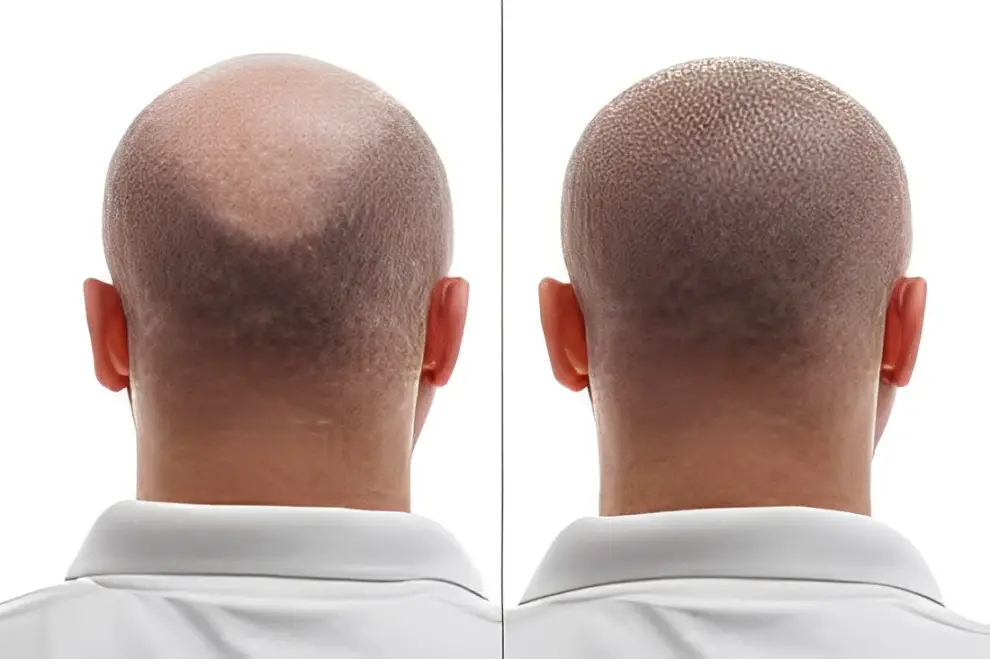Hair loss is a prevalent issue, and FUE (Follicular Unit Extraction) hair transplant has gained popularity as an effective solution. However, several myths surround this procedure. One common misconception is that FUE is painful. In reality, local anesthesia is used during the procedure, ensuring minimal discomfort. Another myth is that FUE leaves visible scars. In truth, FUE involves extracting individual follicular units, leaving tiny, nearly undetectable scars. Some believe that FUE is only suitable for men, but it is equally effective for women experiencing hair loss. Additionally, there's a misconception that FUE results are immediate. Hair growth after FUE takes time, with visible results typically seen after several months. It's important to consult with a qualified professional to get accurate information about FUE hair transplant and debunk any myths.
Myth 1: FUE Hair Transplant is Painful
One of the most common misconceptions about FUE hair transplant is that it is a painful procedure. However, this is not true. FUE is performed under local anesthesia, ensuring that the patient does not feel any pain during the procedure. After the anesthesia wears off, some mild discomfort or soreness may be experienced, but this can be managed with pain medication prescribed by the surgeon. It's important to note that pain tolerance varies from person to person, so while some individuals may experience minimal discomfort, others may feel more. Overall, FUE is a relatively comfortable procedure with a short recovery time, allowing patients to resume their normal activities shortly after the surgery. Proper post-operative care and following the surgeon's instructions can help minimize any discomfort and ensure a smooth recovery process.
Myth 2: FUE Hair Transplant Leaves Visible Scars
Another myth surrounding FUE hair transplant is that it leaves visible scars on the scalp. Unlike traditional hair transplant methods, which involve the removal of a strip of skin from the donor area, FUE uses individual follicular units, resulting in tiny, dot-like scars that are barely noticeable. These scars also tend to fade over time, becoming less visible. This minimally invasive approach to hair transplantation is favoured by many patients due to its ability to provide natural-looking results without the telltale linear scar associated with traditional methods. Additionally, the use of advanced techniques and tools in FUE, such as robotic-assisted technology and micro punches, helps further minimize scarring and improve the overall aesthetic outcome. It's important to consult with a qualified and experienced hair transplant surgeon to discuss the best approach for your specific needs and to address any concerns about scarring.
Myth 3: FUE Hair Transplant Results in Unnatural-Looking Hair
Some people believe that FUE hair transplant results in an unnatural-looking hairline. However, when performed by a skilled and experienced surgeon, FUE can achieve natural-looking results. The surgeon carefully places the hair grafts in the recipient area, ensuring that they match the natural direction and angle of the existing hair, creating a seamless blend.
Myth 4: FUE Hair Transplant is Only for Men
- While male pattern baldness is more prevalent, women can also experience hair loss due to various reasons such as hormonal imbalances, stress, genetics, or medical conditions. FUE (Follicular Unit Extraction) hair transplant is a suitable option for women looking to restore their hairline or add density to thinning areas.
- For women, the approach to FUE may differ from that of men. Since women tend to have different patterns of hair loss, the transplant strategy may involve targeting specific areas or using a more conservative approach to achieve natural-looking results.
- FUE hair transplant for women involves the extraction of individual hair follicles from a donor area, typically the back or sides of the scalp, and transplanting them to the recipient area. This procedure is minimally invasive and leaves no linear scars, making it an attractive option for women concerned about scarring.
- It's important for women considering FUE hair transplant to consult with a qualified hair transplant surgeon to discuss their goals and determine the most suitable treatment plan. With advancements in technology and techniques, FUE hair transplant has become a viable option for women seeking to address hair loss and restore their confidence.
Myth 5: FUE Hair Transplant is Expensive
- Another misconception is that FUE hair transplant is prohibitively expensive. While it is true that the cost of FUE can vary depending on various factors such as the extent of hair loss and the number of grafts required. Best fue hair transplant in bangalore provides permanent results, eliminating the need for ongoing treatments or maintenance, making it a cost-effective solution in the long run.
- When compared to other hair restoration methods that may require regular treatments or the use of expensive hair loss products, FUE can actually save money over time. Additionally, many clinics offer financing options or payment plans to make FUE more affordable for patients.
- It's also important to consider the psychological benefits of FUE. Restoring your hair can improve your self-confidence and quality of life, which can be invaluable.
- Overall, while FUE may seem expensive upfront, it is a worthwhile investment in your appearance and self-esteem. It's important to consult with a qualified hair transplant surgeon to discuss your options and determine the best course of action for your individual needs.
In conclusion, FUE hair transplant is a safe and effective procedure for restoring hair loss. By debunking these common myths and misconceptions, we hope to provide a clearer understanding of FUE and its benefits as a hair restoration treatment. If you are considering FUE hair transplant, consult with a qualified surgeon to discuss your options and expectations.








